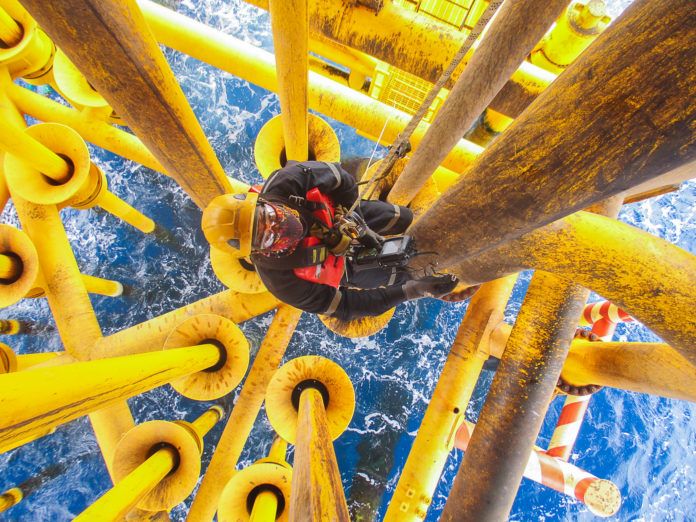Two deepwater projects in the Gulf of Mexico off the coast of Louisiana are advancing, The Maritime Executive reports.
Chevron and Total have decided to invest in the Anchor project, while Total has announced that front-end engineering and design has begun for the North Platte discovery.
Chevron and Total have sanctioned the Anchor project, coinciding with the U.S. Energy Information Administration’s announcement that the U.S. has set new records for proved reserves of oil and natural gas, as well as for production in 2018.
Initial development carries a price tag of approximately $5.7 billion. The planned facility has a design capacity of 75,000 barrels of crude oil and 28 million cubic feet of natural gas per day. The total potentially recoverable oil-equivalent resources for Anchor are estimated to exceed 440 million barrels.
The Anchor project is the industry’s first deepwater high-pressure development to achieve a final investment decision. The new technology—capable of handling pressures of 20,000 psi—enables access to other high-pressure resource opportunities across the Gulf of Mexico.
The Maritime Executive reports that Chevron has indicated a commitment to deepwater assets, reducing development costs for deepwater projects in the Gulf of Mexico by nearly a third by deploying fit-for-purpose surface facilities that require less capital and employing drill-to-fill strategies.
The Anchor Field is located in the Green Canyon area, approximately 140 miles (225 kilometers) off the coast of Louisiana, in water depths of approximately 5,000 feet. Stage 1 of the Anchor development consists of a seven-well subsea development and semi-submersible floating production unit. First oil is anticipated in 2024.
Chevron, through its subsidiary Chevron U.S.A. Inc., is operator and holds a 62.86% working interest in the Anchor project; co-owner Total E&P USA Inc. holds the remainder.
Like Anchor, North Platte requires the use of 20 kpsi technologies. The field development plan is based on eight subsea wells and two subsea drilling bases connected via two production loops to a lightweight floating production unit.



